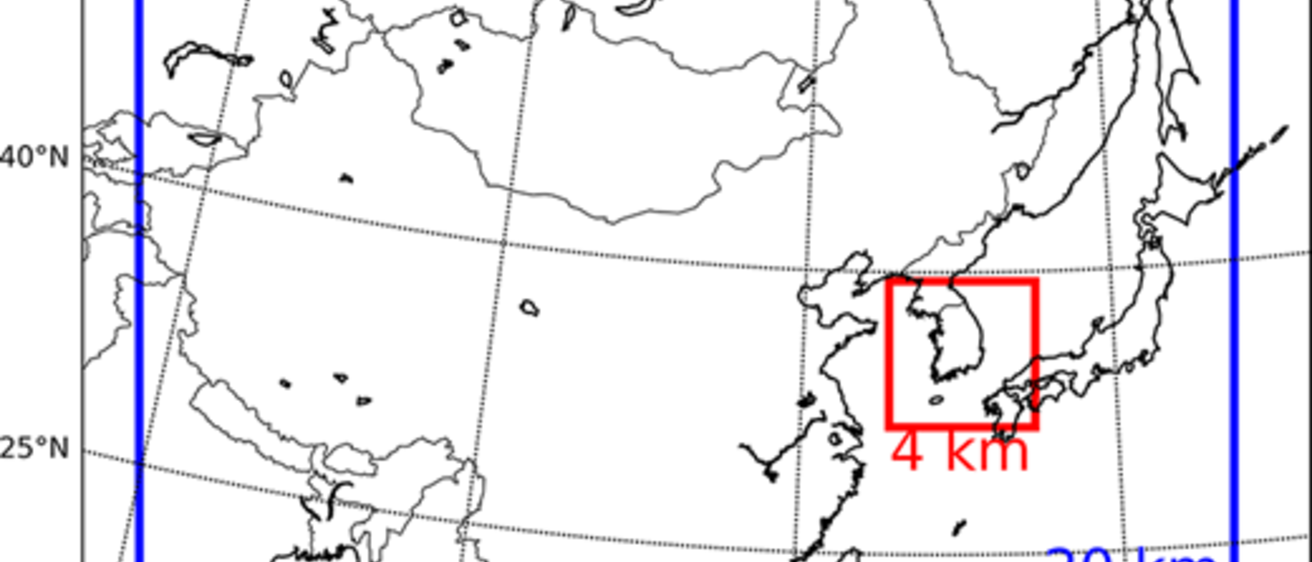Authors: Beiming Tang, Pablo E. Saide, Meng Gao, Gregory R. Carmichael, Charles O. Stanier
Abstract: To quantify the relative roles of long-range transport (LRT) versus locally emitted aerosol and ozone precursors during polluted periods in Korea, high-resolution (4 km) Weather Research and Forecasting with Chemistry model simulations were performed. The model was evaluated using surface and airborne observations collected during the KORea and United States Air Quality campaign. Ozone above 40 ppb had mean bias of −5.9 ppb. PM2.5 was biased high (8.2 µg/m3), with a relative bias of 30% given the mean observed value of 26.8 µg/m3. The absolute amounts and shifts between phases for all PM2.5 species except nitrate reasonably match observations across all 4 phases. Notable limitations include an underestimation of nighttime planetary boundary layer height. Transport versus domestic emissions influence was studied by model runs with perturbed emissions and by comparing east-west fluxes over the Yellow Sea to Korean emissions and other normalization metrics. Domestic anthropogenic emission contributions to surface air quality were quantified by location across Korea, segregated by synoptic meteorological phase. The largest contributions from Korean emissions were found under high-pressure stagnant conditions and the smallest for conditions with strong westerly winds. For example, at Seoul, domestic contributions of PM2.5 averaged 49% and 29% in the aforementioned meteorological phases, respectively. Surface concentrations of NOx and toluene in Seoul were over 85% due to domestic emissions. CO and black carbon had both local and remote contributions. Nitrate and ammonium contributions varied greatly by phases in Seoul, with 7%–51% nitrate and 42%–70% of ammonium from remote sources. Variation in direction (west-to-east vs. east-to-west) and magnitude of fluxes support the model sensitivity results. Analysis using fluxes facilitates the quantification of source contributions for secondary species and, in many cases, can be done using a single model run or reanalysis result. The analysis presented shows the importance of using models with high spatial resolution to capture pollutant transport and mixing around Korea. However, there remain uncertainties in secondary aerosol production mechanisms and indications that local production at times could be higher than those modeled in this analysis. Therefore, the results presented here should be viewed as an upper limit on the importance of LRT.
